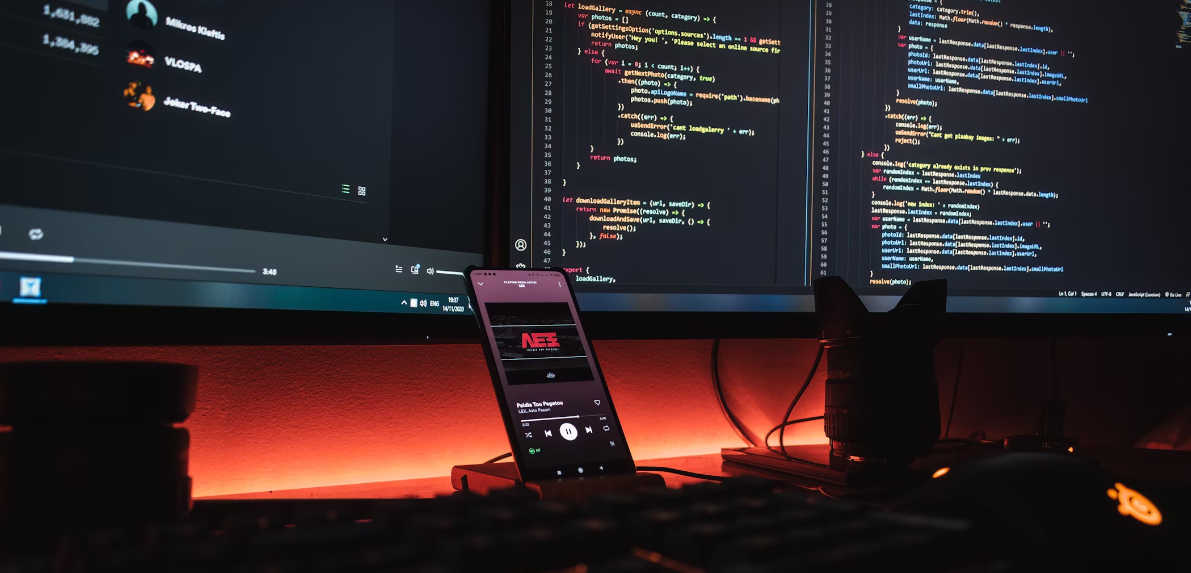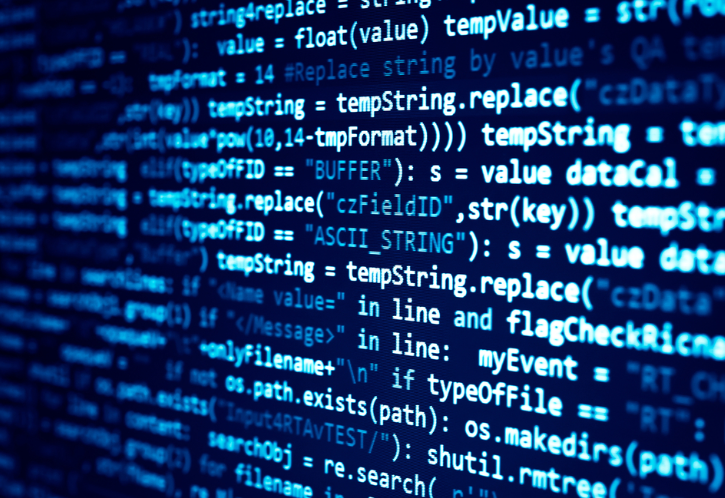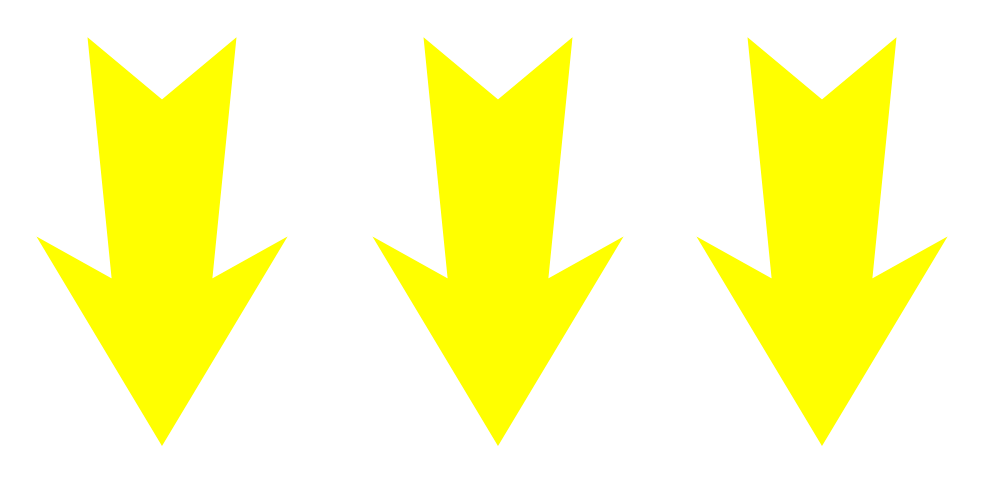
A Beginner's Guide to Learning Programming and Becoming a Full Stack Developer
Start With a Language That Is Both Beginner-Friendly and Widely Used in The Industry
Step 1: Understand the Basics

Before diving into any specific programming language, it's crucial to understand the fundamental concepts of programming. This includes understanding variables, data types, control structures (such as loops and conditionals), functions, and basic algorithms. Online tutorials, courses, and books can be valuable resources for learning these foundational concepts.
Step 2: Choose a Beginner-Friendly Language
For beginners, it's advisable to start with a language that is both beginner-friendly and widely used in the industry. Two popular choices for beginners are:
1. Python:
2. JavaScript:
Step 3: Explore Other Languages
Once you've gained confidence in your chosen beginner language, consider exploring other languages based on your interests and career goals. Some popular languages to consider include:
1. Java:
Widely used in enterprise applications and Android app development.
Commonly used for building Windows applications and games with Unity.
Known for its elegant syntax and popular for web development, particularly with the Ruby on Rails framework.
Apple's language for iOS and macOS app development.
It allows developers to build native-looking applications for mobile, web, and desktop from a single codebase using Flutter Framework.
Step 4: Understand the Basics of Web Development
Regardless of your programming goals, having a solid understanding of web development is beneficial in today's tech landscape. Key concepts to explore include:
Fundamental languages for building the structure and styling of web pages.
Learn popular front-end frameworks like React.js, Vue.js or modern Flutter for building dynamic and interactive user interfaces. Flutter uses one programming language, Dart, and a declarative approach to create UI components34. Flutter is known for its fast development, expressive UI, and high performance
Explore server-side programming with languages like Node.js (JavaScript), Django (Python), Express.js (JavaScript), or Java with Springboot Framework.
Step 5: Mastering the Full Stack
To become a full stack developer, you'll need to be proficient in both front-end and back-end development. Here's a recommended technology stack to master:
HTML, CSS, JavaScript, React.js/Vue.js (or other front-end frameworks like Flutter).
Node.js, Express.js (or Django/Flask for Python enthusiasts), Java Springboot, databases (SQL such as PostgreSQL or NoSQL like MongoDB and Redis).
Learn Git for managing code versions and collaboration.
Understand deployment processes using platforms like Heroku, AWS, or Docker.
Step 6: Continuous Learning and Practice
Becoming a full stack developer is a journey that requires continuous learning and practice. Stay updated with industry trends, experiment with new technologies, and work on personal projects to reinforce your skills.
Timeframe for Mastery
The time it takes to become a full stack developer varies depending on factors such as prior experience, learning pace, and dedication. With consistent effort, it's possible to achieve proficiency within one to two years of dedicated learning.
In conclusion, learning programming and becoming a full stack developer is an achievable goal with the right mindset and resources. Start with the basics, choose a beginner-friendly language, explore other languages and technologies, and aim to master the full stack through continuous learning and practice. The journey may be challenging, but the rewards of a career in software development are boundless.
While you are learning, you can try this free tool in the meantime if you want to quickly build a mobile app. You may be able to customize further when you are mastering the programming techniques.
